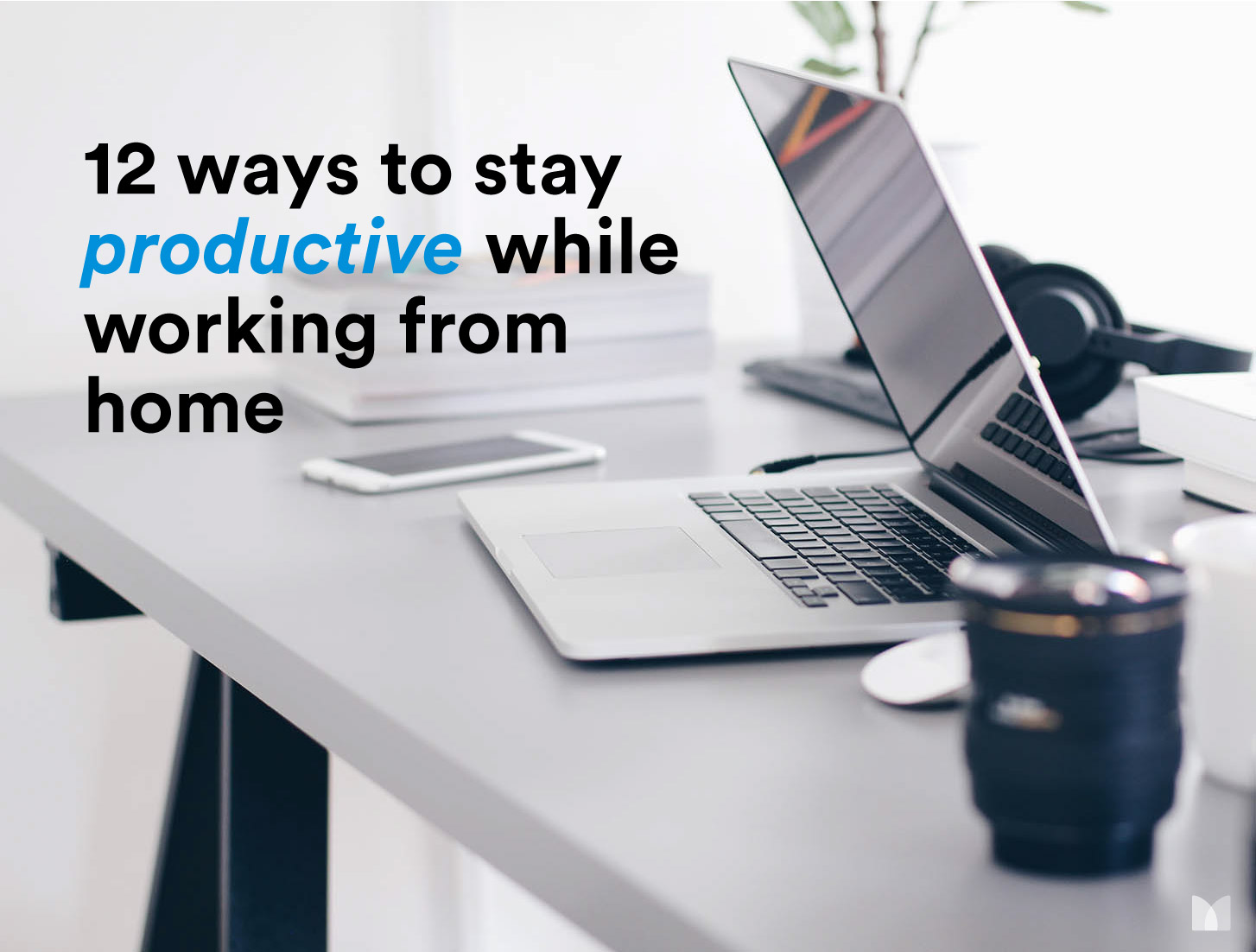
You’re fit, healthy and can’t remember the last time you had a sick day. If you were knocked down with a nasty illness you might have enough leave accrued to keep your finances ticking over for at least a couple of months. But what if you were sick for a year, had a serious car accident or were struck down with a chronic illness that impeded your ability to work for the rest of your life? Sooner or later the money would run out. Who would pay the mortgage, how would you provide for your family and could you afford the cost of your medical expenses?
This is where income protection comes in. For many working adults, especially those with dependants, income protection insurance may be the only thing standing between a being able to meet your bills and serious financial hardship in the event of a medical crisis.
“Income protection is a vital form of insurance for anyone working and earning an income,” says Association of Financial Advisers CEO Philip Kewin. “Some say life insurance is extremely important, but how can you afford to pay your life insurance premiums if you are not earning an income? Protecting your car, your house, your valuables is often seen as a mandatory cost of living, so why not your income? It is the umbrella to covering all of these costs.”
Income protection covers up to 75% of your salary if you are unable to work due to illness or injury and can cost as little as a few hundred dollars a year to several thousand, depending on your agreed benefit and risk profile. The shorter the waiting period (generally 30 to 90 days) and the longer the benefit period (for example two years), the more you pay. You’ll also pay more if you work in a high-risk job and/or are an older worker, on a high salary or have a pre-existing medical condition.
Like most insurances, the product options for income protection are almost as varied as the multitude of unforeseen circumstances you are protecting yourself against. And there are traps, the biggest being underinsurance. Rice Warner's Underinsurance in Australia 2015 report found that in the event of a claim, the median income protection policy covered just 16%of an individual’s basic needs. Collectively, the estimated gap between cover needed to maintain current living standards and actual cover was a whopping $611 billion.
“Income protection is a very complicated field, and making an uneducated decision can be the difference between being covered and not being covered,” says Kewin. “Thinking you are covered, known as ‘misinsurance’, is often worse than not being covered at all.”
Examples of misinsurance include a misunderstanding of waiting periods, not knowing their profession isn’t covered or failing to recognise other exclusions that would prevent them from making a claim.
Kewin says anyone taking out life insurance should seek professional advice and always read the fine print. “Also, beware of easy-to-get cover. Any policy you can access with only a few questions can be fraught with danger. What this means is that pre-existing conditions may be excluded, so even though you think you have cover, if you suffer from one of these conditions, you may not be able to claim."







